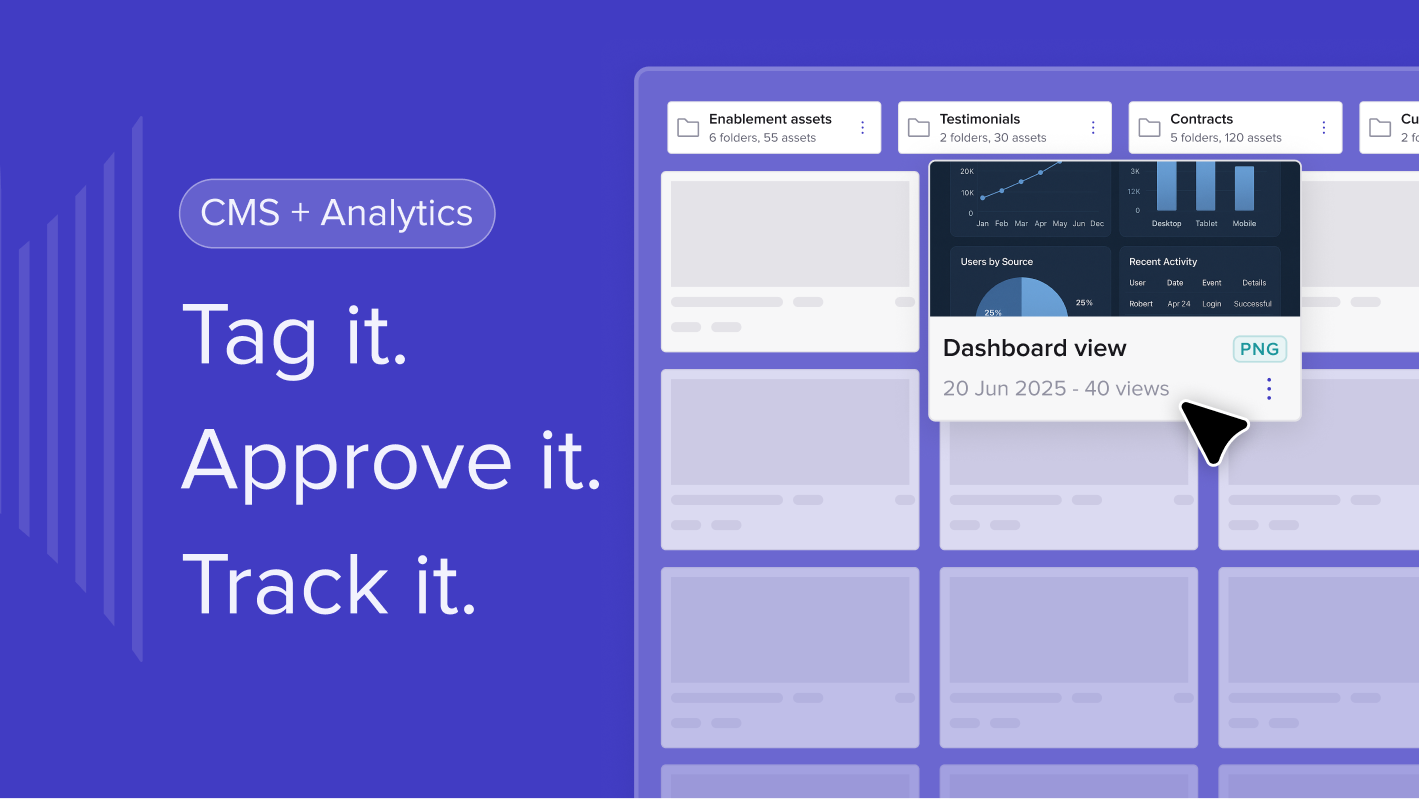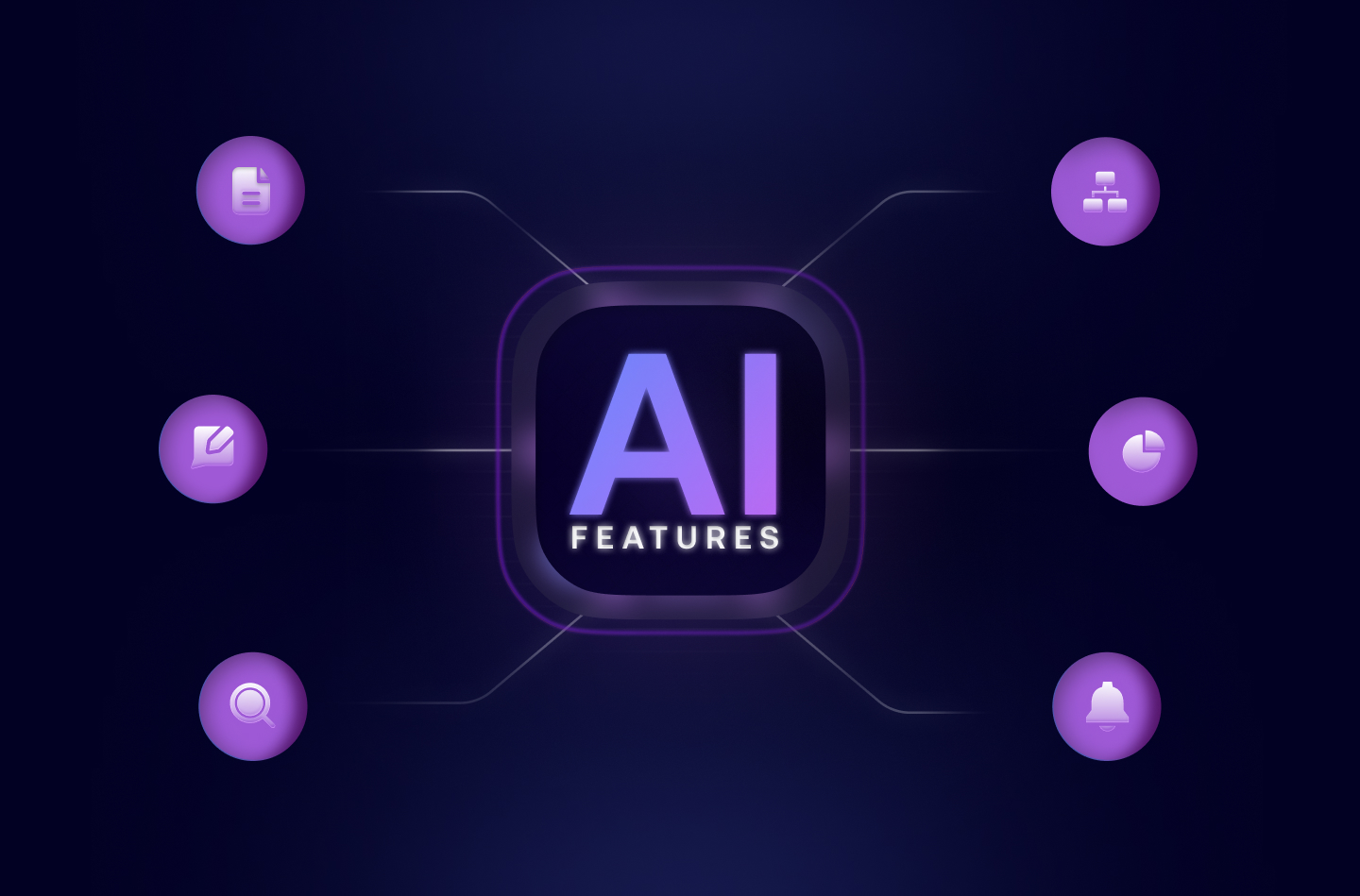Key takeaways
- B2B sales cycles can average up to 8 months with multiple stakeholders.
- 67% of the buyer journey now happens digitally.
- Digital Sales Rooms like trumpet’s Pods help shorten sales cycles by 28% and boost deal conversion rates by 35%.
How long is the average B2B sales cycle?
B2B sales usually take much longer than B2C. Research shows the average B2B sales cycle can last 6–8 months, depending on your industry and deal size.
At companies with 100–500 employees, an average of 7 people are involved in buying decisions (Gartner).
Top tip: Always build relationships with multiple contacts, not just one.

There are two questions you need to ask yourself here;
1) Do you know your average sales cycle length?
2) How do you stack up against these averages?
trumpet has helped sales teams speed up their sales cycles by 28% and is free to use.

Just like eating out, the service we receive is one of the most influential parts of a buying decision yet so many companies ignore the buyer’s experience. When was the last time you mapped out and evaluated the buyer’s journey to see if there were any flaws or areas where you could improve? It might be time if not.
How can you speed up your B2B sales cycle?
- Use digital tools like trumpet Pods to centralise deal content.
- Replace email threads with interactive deal rooms buyers can share.
- trumpet customers see sales cycles 28% faster than email alone.
What does the modern B2B buying journey look like?
- 67% of buying happens online before speaking to a rep (IDC).
- The average employee gets 200 emails daily, but only 6% of attachments get opened.
- Digital Sales Rooms help you stand out - trumpet’s Pods see 70% higher open rates than static PDFs.
Which sales tech stack tools boost B2B sales?
76% of B2B reps say sales tech is critical to closing deals.
Top tools include:
- Gong (call coaching)
- Mixmax (email automation)
- Lusha (contact data)
- trumpet (Digital Sales Rooms)
High performers use 3x more sales tech than under performers.
How does automation help sales performance?
Companies that automate lead management see revenue lift by 10%+ in just 6–9 months (Gartner).
Examples:
- Automate follow-ups with SalesLoft.
- Use Dux-Soup for LinkedIn outreach.
- Create auto-personalised Pods with trumpet for each prospect.
Outreach stats
- 44% of salespeople give up after one follow-up (Scripted)
How many emails are you sending on average to each lead? 2? 3? 5? More? Well you might be surprised to know that 93% of converted leads respond on the 6th attempt (Velocify)
- Emails sent on a Tuesday have the highest open rate compared to other weekdays. (Experian)
Mondays
- The best times to email prospects are at 8am and 3pm (GetResponse)
This doesn’t mean you should only email leads at these times, but it might be worth comparing this data to your own to see how it works for you.
Social stats
- The top salespeople use LinkedIn at least 6 hours per week (The Sales Management Association)
With 800 million users, LinkedIn has to be part of every salesperson’s workflow. We wrote an article [LINK] on the top sales influencers to follow who can inspire you further to use this valuable platform.
- 73% of salespeople using social selling as part of their sales process outperform their sales peers and exceeded quota 23% more often (Aberdeen)
You need to be where your buyers are and if that means creating a Twitter, LinkedIn or even a TikTok account then there should be no better incentive than knowing that you can exceed your quota.
Referral Stats
- 91% of customers say they’d give referrals. Only 11% of salespeople ask for referrals. (Dale Carnegie)
If you don’t ask, you don’t get!
- 84% of B2B decision-makers begin their buying process with a referral (Sales Benchmark Index)
Building strong relationships with buyers goes beyond closing the deal and it can pay dividends in the long term.
There we have it, our top 17 B2B sales statistics. You can use these to get a sense of where your sales processes rank, compared to industry standards, and perhaps how much room for improvement there is.
The main takeaway? Embracing digitisation in sales and leveraging new technologies is undoubtedly the most effective way to increase your competitiveness and sales performance.
Frequently Asked Questions
What is a Digital Sales Room?
A Digital Sales Room is an online microsite that holds all deal content in one place. trumpet calls these Pods.
How does trumpet work with other sales tools?
trumpet integrates with CRMs, Gong, Calendly, and eSign tools - making your existing stack stronger.
How does using trumpet improve follow-ups?
You get real-time alerts when buyers view or share your Pod - so you always know when to reach out.
Does a Digital Sales Room replace email?
No - but it cuts wasted back-and-forth, stops the long email chains, lost attachments and outdated decks. One eail with one trumpet link holds everything prospects need.

.svg)
.svg)
.svg)
.svg)
.svg)
.svg)
.svg)
.svg)
.svg)
.png)
.svg)
.svg)
.svg)
.svg)

.svg)
.svg)
%201.svg)
.svg)
%201.svg)



.svg)



















![How to Get Started with Buyer Enablement [With Examples]](https://cdn.prod.website-files.com/65cf4fecbed2754c2236665d/65cf4fecbed2754c22366bdb_65a5af83e742f76e34ce06f3_Customer%2520Onboarding%2520_%2520Everything%2520you%2520need%2520(2).png)
.png)



.png)



.png)












.png)


.png)


.png)
.png)







